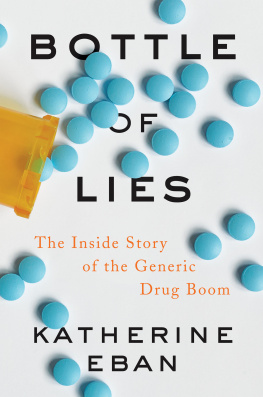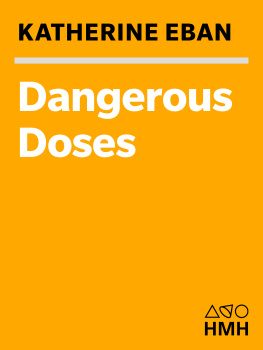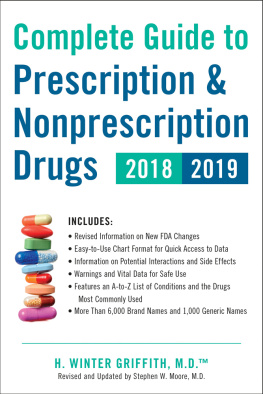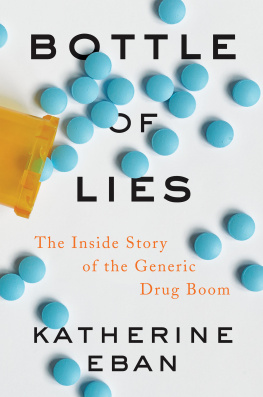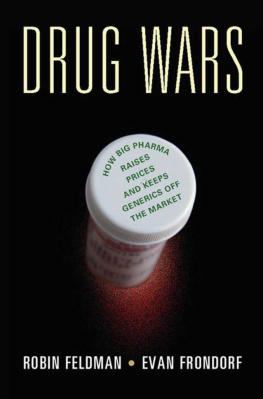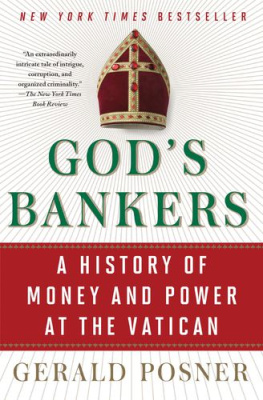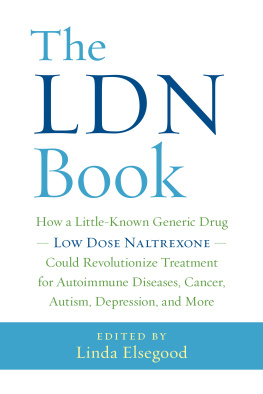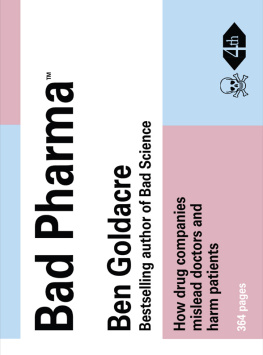For my mother, Elinor Fuchs, and my father, Michael Finkelstein, the first and best writers and editors in my life
This book grew out of a puzzle I couldnt solve.
In the spring of 2008, Joe Graedon, a host of the National Public Radio program The Peoples Pharmacy, contacted me. In my decade reporting on the drug industry, Id been a guest on his radio program a number of times. But this time he wanted my help. Patients had been calling and writing in to his program with serious complaints about generic drugs that either didnt work or caused devastating side effects. The drugs, though made by different manufacturers and for a range of conditions from depression to heart disease, were all genericless expensive versions of brand-name drugs, made legally after the patents on those medications lapsed.
Graedon had forwarded the patients complaints to top officials at the Food and Drug Administration (FDA), but they insisted that generics were equivalent to the brand and the patients reactions were subjective. Their response struck Graedon as more defensive than scientific. Generic drugs had become essential to balancing budgets across America. Without them, every large-scale government health programthe Affordable Care Act, Medicare Part D, the Veterans Health Administration, charitable programs for Africa and the developing worldwould be unaffordable. Graedon himself had long advocated making generic drugs more widely available. But the complaints were compelling and similar in nature. He felt that something significant was wrong with the drugs, but didnt know what. He wanted someone with investigative firepower to look into the patients claims.
For years Id reported on pharmaceuticals and public health as an investigative journalist. I had broken stories about brand-name drug companies, including efforts by opioid makers to increase sales by concealing addiction risks. In my first book, Dangerous Doses, I exposed how a shadowy gray market allowed pharmaceutical wholesalers to sell and resell our drugs, a practice that obscured their origin and opened the door to drug counterfeiters. To the extent that Id thought about generic drugs, I knew they made up more than 60 percent of our drug supply (90 percent today) and were an essential counterweight to the ever-rising prices of brand-name drugs.
I began exactly where Graedon pointed me: with the patients. In June 2009, I published an article in Self magazine that documented how patients who had previously been stabilized on brand-name drugs relapsed when switched to certain generics. Their doctors had little data and no significant comparative studies to explain these reactions. Although the FDA reviewed data from the generic drug companies and inspected manufacturing plants, it was not systematically testing the drugs. As Dr. Nada Stotland, a psychiatrist in Chicago and then the president of the American Psychiatric Association, told me, The FDA is satisfied that generics are okay. My question is, are we satisfied?
Even as I worked on the article, I recognized its limits. Proving that patients were harmed might tell me that something was wrong with the drugs. But what? And even if I proved there was something wrong, why was that so? The answer to those questions almost certainly lay in the laboratories, manufacturing plants, and corporate boardrooms of the drug-making companies, many of which operated overseas. Roughly 40 percent of our generic drugs are manufactured in India. A full 80 percent of the active ingredients in all our drugs, whether brand-name or generic, are made in India and China. As one drug-ingredient importer told me, Without products from overseas, not a single drug could be made.
Ultimately, my effort to answer a single questionwhat is wrong with the drugs?launched me into a decade-long reporting odyssey on four continents as I delved into how globalization had impacted the drugs we need to survive. In India, I sought out reluctant whistleblowers, visited manufacturing plants, and interviewed government officials. In China, as I endeavored to meet with sources, the government followed me, hacked my cell phone, and sent a photo of a security official sitting in my hotel lobby, holding up an English-language newspaper, to my phones home screen. It was an unmistakable warning: We are watching you. In a bar in Mexico City, a whistleblower slipped me stacks of internal communications from a generic drug companys manufacturing plant. Doctors and scientists in Ghana met with me in hospitals and laboratories. In a manufacturing plant in Cork, Ireland, I watched as one of Americas most popular drugs, Lipitor, was manufactured.
I followed the trail of certain drugs around the world, trying to connect the dots. What had patients complained of? What had FDA investigators found? What actions had regulators taken? What had companies claimed? What had CEOs decided? What had criminal investigators turned up? I mined thousands of internal company documents, law enforcement records, FDA inspection records, and internal FDA communications, stacks of which piled up in my office.
My reporting led me into a maze of global deception. In 2013, I published a 10,000-word article on Fortune magazines U.S. website about fraud at Indias largest generic drug company. It detailed how the company had deceived regulators around the world by submitting fraudulent data that made its drugs appear bioequivalent to brand-name drugs. That article, however, left me with unanswered questions. Was that company an outlier or the tip of the iceberg? Did its conduct reflect a one-off scandal or an industry norm?
In my reporting, some important sources helped me answer that question. A generic drug executive contacted me anonymously under the pseudonym 4 Dollar Refill. He explained that there was a gulf between what the regulations required of generic drug companies and how those companies behaved. To minimize costs and maximize profit, companies circumvented regulations and resorted to fraud: manipulating tests to achieve positive results and concealing or altering data to cover their tracks. By making the drugs cheaply without the required safeguards and then selling them into regulated and more costly Western markets, claiming that they had followed all the necessary regulations, companies could reap enormous profits.
An FDA consultant who had spent considerable time in overseas factories also contacted me. She was an expert at examining the cultural data points, or situational forces, that drive corporate behavior. One factor is company culturethe tone set by executives, the admonitions or slogans that hang on office or manufacturing-plant walls, the training that workers receive. If a companys culture permits small lapses in safety regulations, catastrophic failure is all the more likely. As a pharmaceutical manufacturing executive put it, When I get on a plane and there are cup stains on the tray table, you wonder if theyre taking care of the engine.
But company culture is also affected by country culture, the FDA consultant explained: Is a society hierarchical or collaborative? Does it encourage dissent or demand deference to authority? These factors, though seemingly unrelated, can impact manufacturing quality and lead to variance between certain generics and brand-name drugs, as well as between generics that are supposedly interchangeable with one another, the consultant posited.
Before I embarked on this project, I had always assumed that a drug is a drugthat Lipitor, for example, or a generic version, is the same for any market in the world. And since generic drugs are required to be bioequivalent to the brand and to create a similar effect in the body, I assumed that there isnt necessarily variation between different generic versions. I was wrong. Cheaply made pharmaceuticals hold up no better than cheap clothes or cheap electronics that are made swiftly in overseas sweatshops. Drugs reach the consumer at a very low dollar price, said the FDA consultant, but perhaps at the expense of other principles for which it is difficult to measure a dollar value.
Next page
